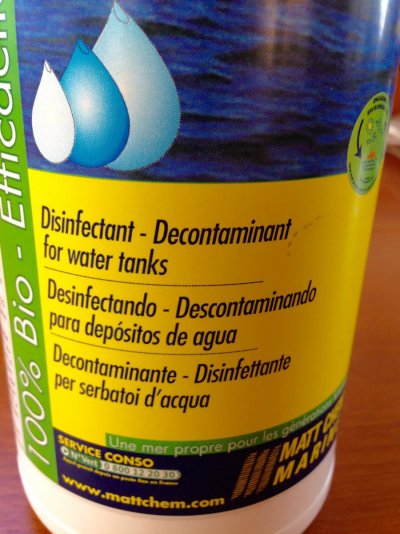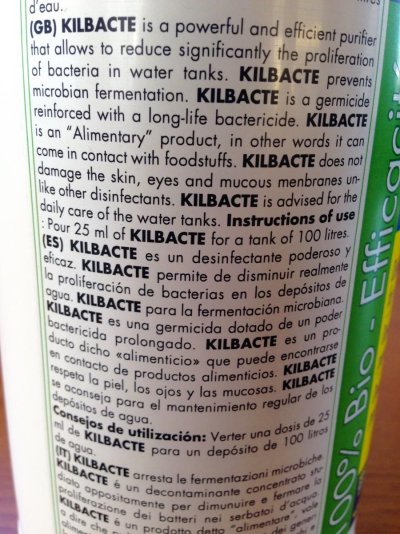HeadedToTexas
Guru
Among the criteria for future boat search is a separate shower stall no smaller than the one I currently have at home, which is like 32" x 32". Several of the common trawlers I see owned here fit that criterium nicely. Of course, having a decent shower doesn't do much good if you don't have the water or the water heater capacity to take a decent shower.
Based on my experience at our rather primitive cabin, I can take a luxurious (by my definition) shower with 4 gallons of water. Most boats I'm looking at have fresh water capacities of 80-150 gallons. If we (wife and I) are cruising the Loop with regular access to water, taking two 4 gallon showers each day seems practical, especially if that's a priority of ours. Is that consistent with you all's experience?
And what about the Bahamas? I read that water is far more scarce there. Is it so scarce that you can't refill freshwater tanks every few days?
Based on my experience at our rather primitive cabin, I can take a luxurious (by my definition) shower with 4 gallons of water. Most boats I'm looking at have fresh water capacities of 80-150 gallons. If we (wife and I) are cruising the Loop with regular access to water, taking two 4 gallon showers each day seems practical, especially if that's a priority of ours. Is that consistent with you all's experience?
And what about the Bahamas? I read that water is far more scarce there. Is it so scarce that you can't refill freshwater tanks every few days?


